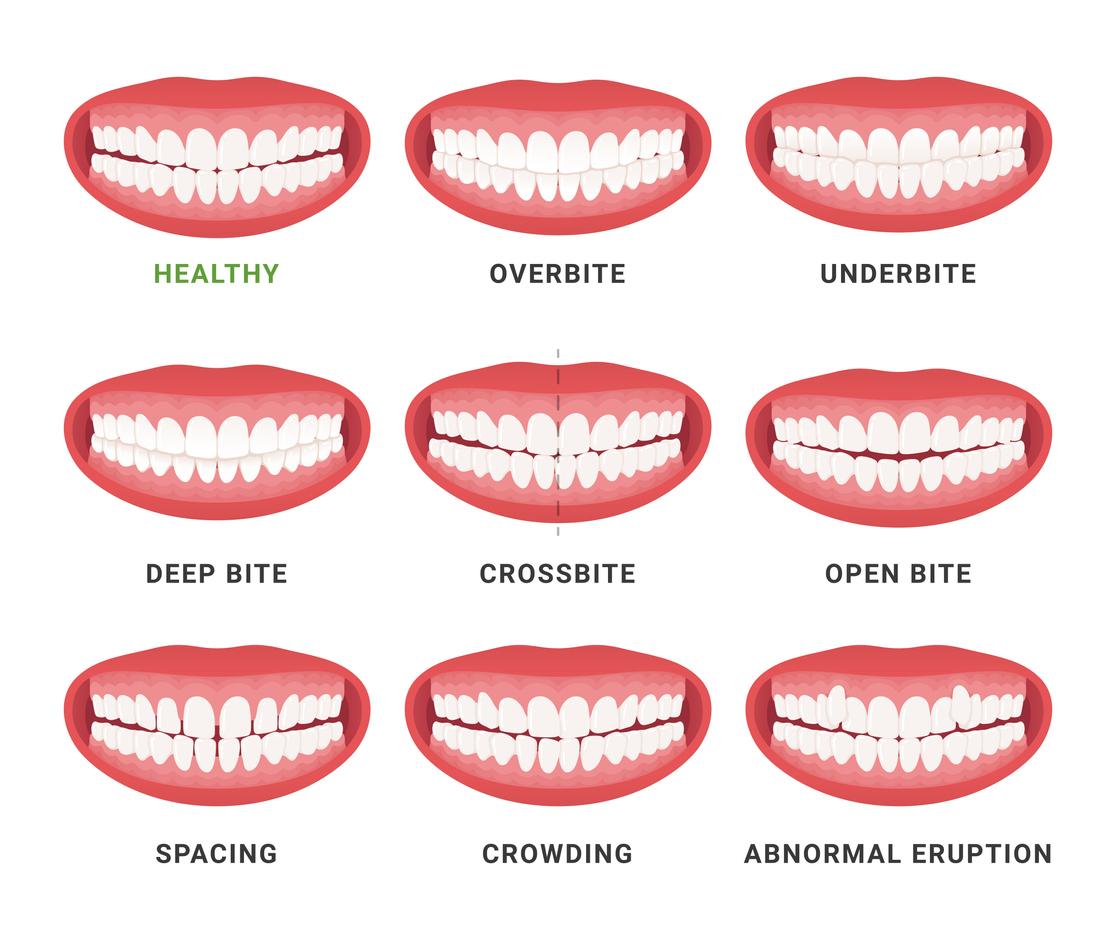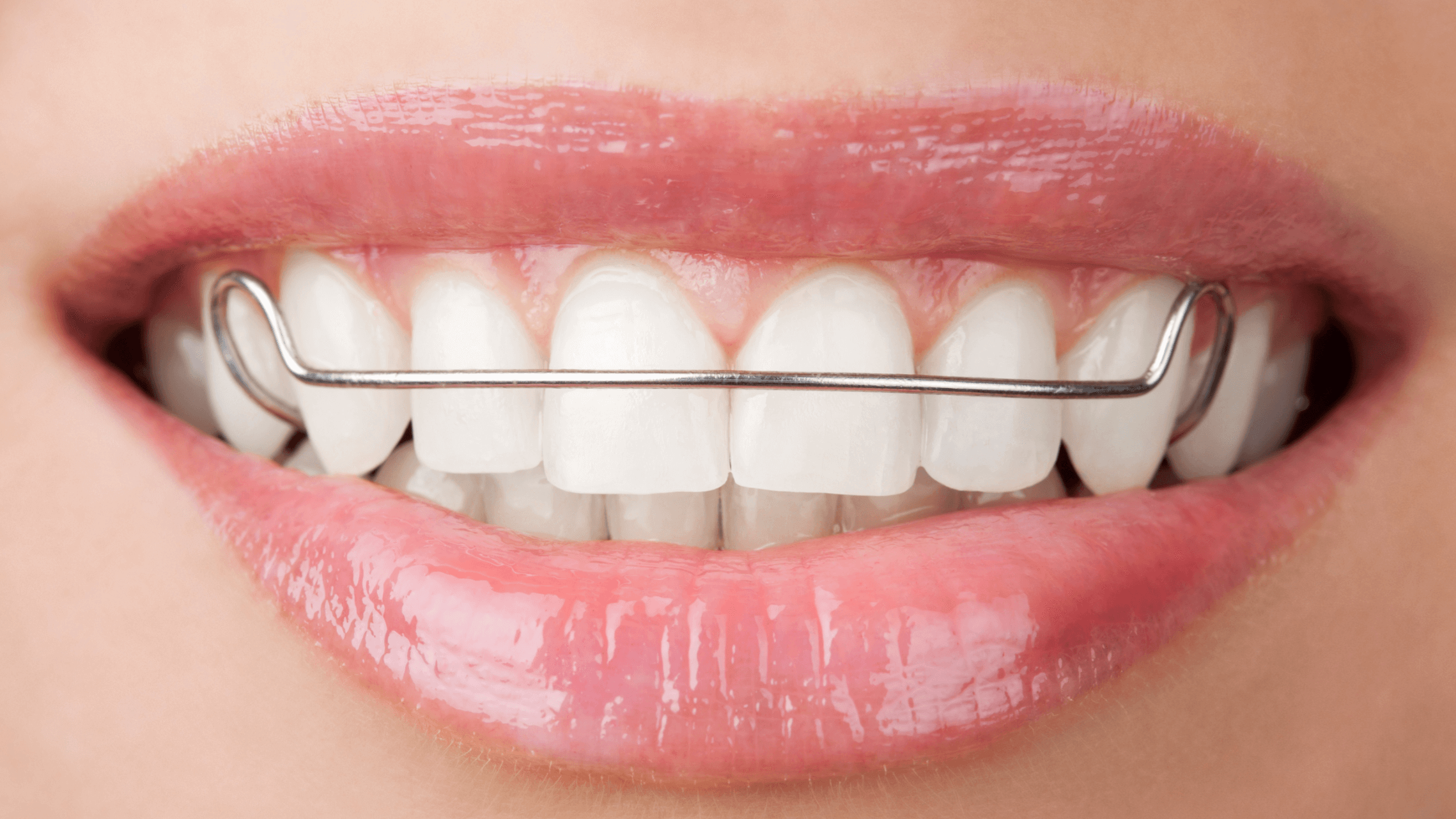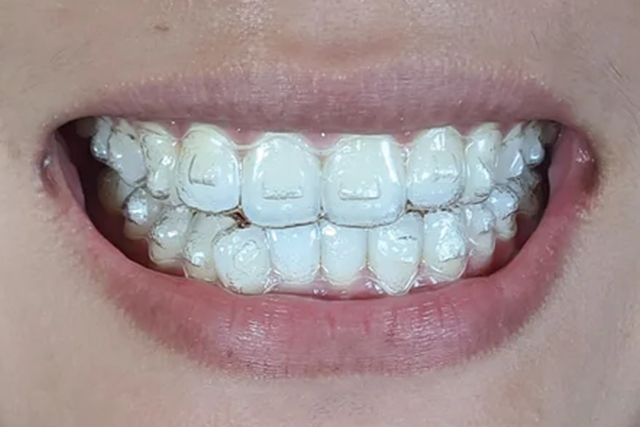Maintaining Oral Health While Utilizing Invisalign: Tips for a Smooth Experience
Maintaining Oral Health While Utilizing Invisalign: Tips for a Smooth Experience
Blog Article
Invisalign vs. Traditional Braces: Which Choice Is Right for You?
When considering orthodontic therapy, the choice between Invisalign and standard braces presents several essential variables that merit careful assessment. Invisalign supplies a discreet option with detachable aligners, while conventional dental braces give a more visible yet reliable option for severe imbalance.
Summary of Therapy Alternatives

On the other hand, conventional braces include metal braces and wires that are adhered to the teeth. This method applies continuous pressure over time to attain alignment. While effective for complicated orthodontic issues, typical braces require normal gos to for modifications and can present difficulties in maintaining dental hygiene as a result of the problem of cleaning up around braces and cables.
Both choices have their advantages, and the choice frequently depends upon specific dental conditions, way of living choices, and patient compliance. Eventually, seeking advice from an orthodontic expert is vital for figuring out the most ideal treatment strategy customized to private needs. Understanding the subtleties of each choice can substantially influence the general success of orthodontic therapy.
Visual Factors To Consider
A significant element affecting the selection between Invisalign and conventional dental braces is the aesthetic allure each treatment offers. Invisalign aligners are crafted from clear plastic, making them basically undetectable when used.
In contrast, standard dental braces contain metal braces and cables, which can be much more obvious. While developments in orthodontic innovation have actually brought about the growth of smaller sized braces and tinted elastics, typical dental braces still maintain a more noticeable account. For some people, the exposure of braces might deter them from seeking needed therapy.
Inevitably, the selection between Invisalign and typical braces might depend upon personal preferences pertaining to aesthetic appeals. Clients that focus on discretion commonly lean towards Invisalign, while those that are much less concerned about presence might opt for typical dental braces. Recognizing the aesthetic implications of each choice is essential for making a notified decision that lines up with one's lifestyle and choices.
Convenience and Convenience
&srotate=0)
In terms of ease, Invisalign aligners are removable, enabling patients to enjoy their preferred foods without constraint and maintain optimum dental health. Cleaning and flossing are simplified, as the aligners can be obtained during these routines, whereas traditional braces require cautious steering around braces and wires.
In contrast, conventional braces necessitate routine changes, making them much less practical for those with active timetables. Overall, the convenience and benefit of Invisalign make it an attractive choice for numerous individuals looking for orthodontic therapy.
Therapy Period and Efficiency
While both Invisalign and standard dental braces work recommended you read in dealing with dental imbalances, the period of treatment can differ significantly in between the 2 alternatives. click for more info Typically, Invisalign treatment can take anywhere from 12 to 18 months, relying on the intricacy of the situation. The clear aligners work by slowly moving teeth into their desired placements, and normal follow-ups with an orthodontist help guarantee progress stays on course.
On the other hand, standard dental braces commonly need a longer commitment, generally ranging from 18 months to 3 years. This results from their fixed nature and the use of brackets and wires, which can be a lot more effective for complicated instances and serious misalignments (Invisalign). The treatment performance of typical dental braces is well-documented, as they permit precise changes and greater control over tooth activity
Inevitably, the choice in between Invisalign and typical dental braces might pivot on both the anticipated therapy period and the particular dental problems handy. Consulting with an orthodontist is crucial, as they can provide tailored recommendations based on specific needs, making certain the selected technique lines up with wanted end results and durations.
Expense Comparison and Insurance Policy Options
Cost plays a considerable role in the decision-making process for individuals considering orthodontic treatment, whether deciding for Invisalign or typical dental braces. On average, the price of Invisalign ranges from $3,000 to $8,000, while traditional dental braces usually set you back between $2,000 and $6,000. Aspects influencing these prices include the complexity of the instance, the duration of therapy, and geographical location.
Lots of oral insurance coverage strategies provide partial coverage for orthodontic treatments, but the specifics can differ widely. Generally, traditional braces might be much more regularly covered by insurance plans compared to Invisalign, which some insurers categorize as an aesthetic treatment.
Furthermore, a number of orthodontic practices use flexible layaway plan, making both therapy choices extra easily accessible. Clients ought to ask about possible financing alternatives and price cuts for ahead of time repayments. Evaluating the total expense, consisting of insurance advantages and layaway plan, is vital for making a notified choice that lines up with both aesthetic preferences and spending plan factors to consider.

Verdict
In summary, the choice in between Invisalign and typical braces rests on multiple aspects, consisting of aesthetic choices, comfort, therapy duration, and cost. Invisalign uses a very discreet, removable option that assists in oral hygiene and dietary adaptability, while standard braces may be preferable for complicated oral problems and frequently come at a reduced cost factor. Eventually, consultation with an this page orthodontist is necessary to analyze private conditions and establish the most appropriate therapy choice for achieving ideal dental placement.
When taking into consideration orthodontic therapy, the choice in between Invisalign and standard braces presents a number of essential aspects that merit cautious analysis.Contrasting Invisalign and standard dental braces exposes distinctive treatment options for orthodontic adjustment.While both Invisalign and traditional dental braces are reliable in fixing dental misalignments, the duration of treatment can vary significantly in between the 2 options.Expense plays a substantial role in the decision-making procedure for people thinking about orthodontic therapy, whether opting for Invisalign or typical dental braces.In recap, the choice in between Invisalign and conventional dental braces pivots on numerous factors, including aesthetic preferences, convenience, treatment period, and price.
Report this page